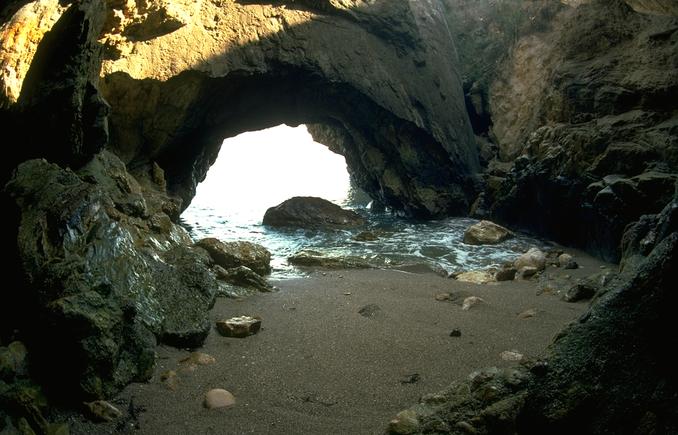
In
the seventh book of the Republic, written by the philosopher
Plato, you will find the Allegory of the Cave. In it, people are, and
always have been, living in a cave. In this cave, they sit chained and
facing the wall, unable to look anywhere but straight ahead. There is a
fire burning behind them, but they cannot turn to see it. Also behind
them is another group of people who hold up representations of real
things in front of the fire (think of this in terms of cardboard
cutouts, or like a child's shadow puppet show). The people facing the
cave wall can only see the shadows, which they understand to be the real
things. For example, because they can't turn to look at each other or
the people behind them, they believe that the shadows they see of people
are the actual people themselves.
One
of these people is finally freed from this state, able to turn around,
leave the cave. At first she is blinded by the light of the fire, and
then by the sun when she leaves the cave. So accustomed to the dark, she
can't see anything. Once she can see, she looks around her, sees the
real world and realizes that her prior reality was nothing more than an
illusion, merely a shadow of what is authentic. Having this realization,
this person feels compelled to return to the
cave and tell the others the truth, to release them from their
bondage.
© Salahub 2003